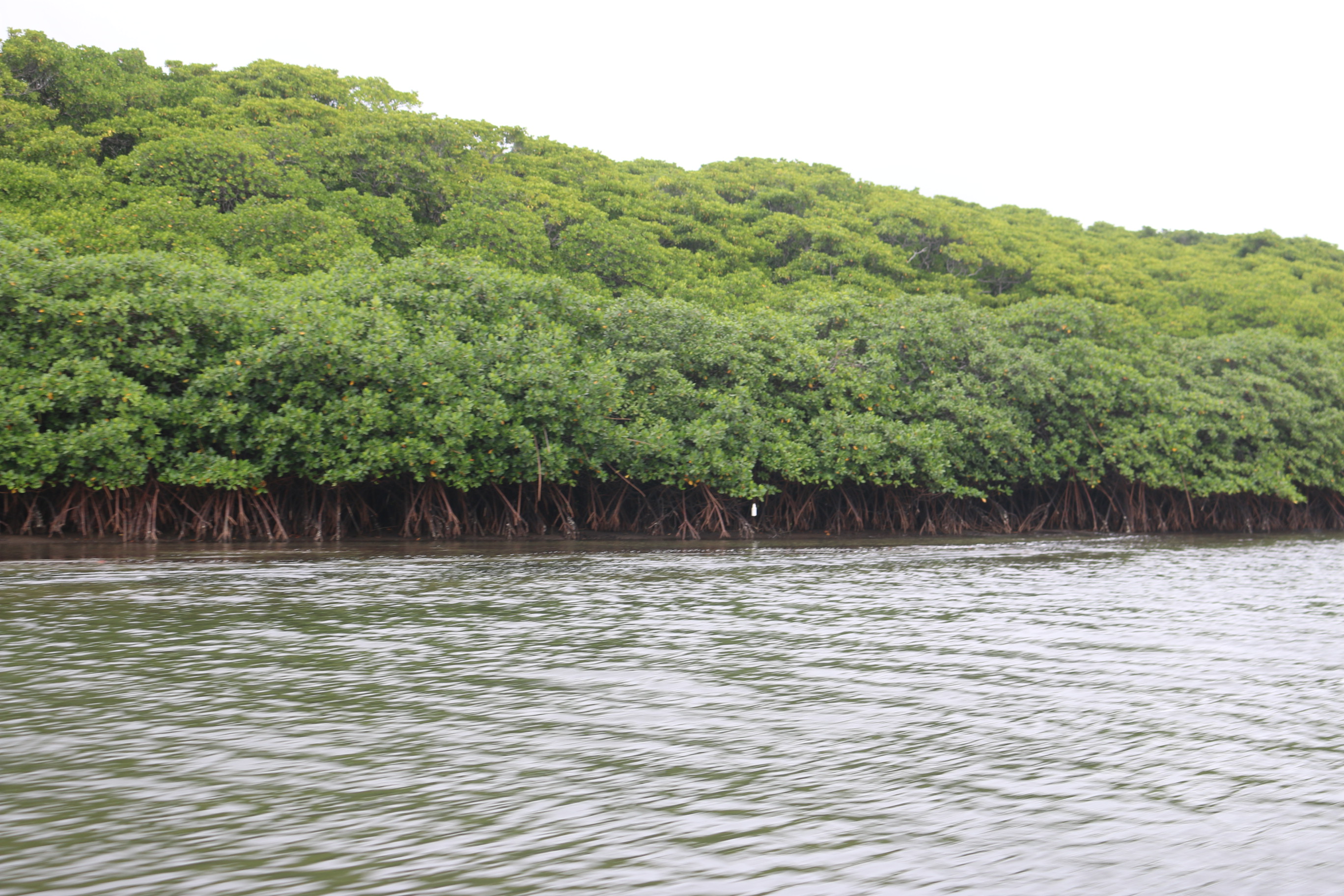Related News

A group of socioeconomic specialists from the region gathered in Nadave, Nausori, Fiji from the 4th to 5th of May to deliberate on how the three socioeconomic monitoring approaches that are currently applied in the Pacific as well as other regions can be integrated and harmonized to a single socioeconomic marine monitoring guidebook. The underlying purpose of this integrated socioeconomic monitoring guidebook is to improve site management activities. The three socioeconomic monitoring approaches that were analysed and discussed were the Locally Managed Marine Area Learning Framework (LMMA — LF), the SocMon which was developed for Asia and the Caribbean regions, and the Secretariat of the Pacific Community – SFSPI method. Socioeconomic monitoring allows people to understand how better to do marine resource management and also to evaluate benefits.
The participants were:
The outcome of the workshop was the formulation of a socioeconomic guidebook and its format. The socioeconomic guidebook is called SEM-Pasifika (Socioeconomic monitoring Pasifika). The intention of this reference socioeconomic guide book is to assist interested communities in the Pacific region to be able to do socioeconomic monitoring, including communities who have used existing methods and new communities without experiences in socioeconomic monitoring.